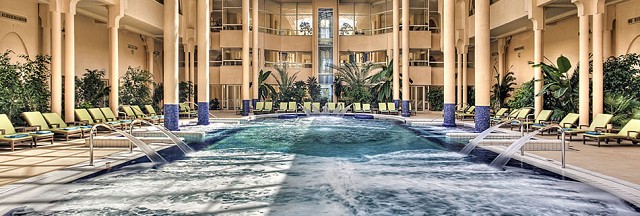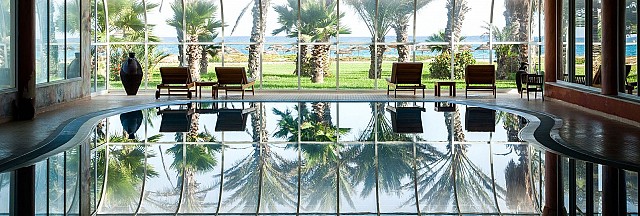Thermalism in Tunisia today
Thermalism is defined as the implemented set of medical, social, sanitary, administrative and hospitality means to use mineral and thermal waters, thermal gases and mud for therapeutic purposes. Thermalism as a term denotes the use of a water whose curative virtues are recognised by the medical profession.
In Tunisia, thermalism is not a new mission. It is a millenary heritage which, with time and the civilisations that marked the country's history, was enriched time and again.
To this day, the vestiges of Phoenician baths are still standing in the town of Outhna, but it was in the Carthaginian and Roman times that thermalism lived its heyday: Bulla Regia, Dougga, Makthar, Sbeïtla, Capsa and Carthage with its grandiose Antonine Baths. With the Arab Conquest, the nature of thermalism did not change. Hammams became part of the thermal vocabulary. They are the worthy inheritors of the Roman lifestyle. Their relaxing virtues account for their popularity among Tunisians. During the colonial period, hammams supported the development of contemporary thermalism, thermal centres and spas.
Tunisia's economic growth and the new needs generated by its economic development have stimulated the sector of thermalism as a treatment and a recreation.
Établissement thermal des Eaux-Bonnes, Pyrénées-Atlantiques, 1830
There are more than 1,200 thermal water springs in Tunisia. Their particular chemical composition gives them widely recognized therapeutic virtues.
Patients are directed to thermal centres with a water mineral composition that is adapted to their pathologies.
Mineral waters are classified into five major categories (sulphurized waters, chlorinated waters, carbonic waters, bicarbonated waters, calcic waters) and used in 12 therapeutic indications.










